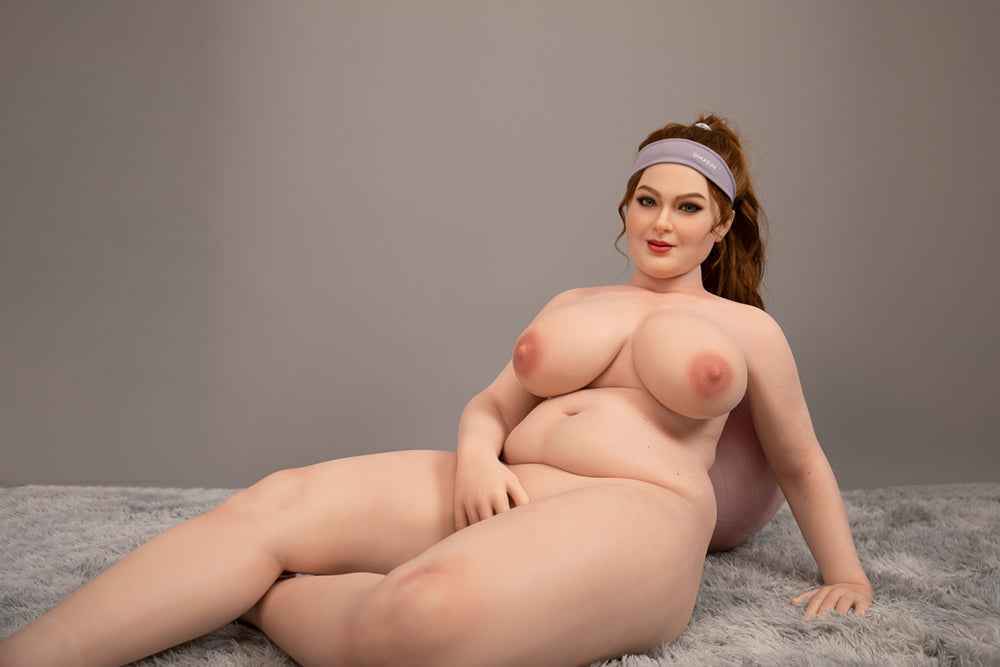When one thinks of the great masterpieces of sculpture, images of perfectly formed, complete sculptures often come to mind. But torso representations can be just as fascinating and expressive. The torso, a body without a head, arms, and often legs, has a long and significant history in art. The torso plays a particularly fascinating role in realism.
The history of the torso
The torso played a significant role in antiquity. Many of the ancient statues known today as torsos were originally complete sculptures. Over the centuries, however, they suffered damage from natural forces, war, or simply the ravages of time. The "Torso Belvedere" in the Vatican Museum is an excellent example. It is considered a symbol of the classical ideal of beauty and has influenced artists such as Michelangelo, despite its incompleteness.
Torsos and Realism
Realism strives to depict the world and people as they are—unadulterated, genuine, and without distortion. In this context, torsos can be seen as a metaphor for the imperfection of life and the incomplete view of reality. They represent the real, unvarnished human body—without the head, which represents our thoughts, dreams, and illusions.
In modern art, the torso is often used as a symbol of anonymity or the loss of identity. In a world where the outside often counts more than the inside, the torso can make a powerful statement about how we perceive people and how much of our identity actually lies in our physical self.
Final thoughts
Torsos challenge us to look beyond the obvious and find beauty in imperfection. They remind us that realism doesn't always mean showing everything, but sometimes only the essential. In a world obsessed with perfection, the torso can stand as a symbol of the real, the imperfect, and the authentic.
Whether in ancient or contemporary art, the torso remains a powerful representation of the human body and soul. And in terms of realism, it offers a fascinating perspective on what it means to be truly human.









